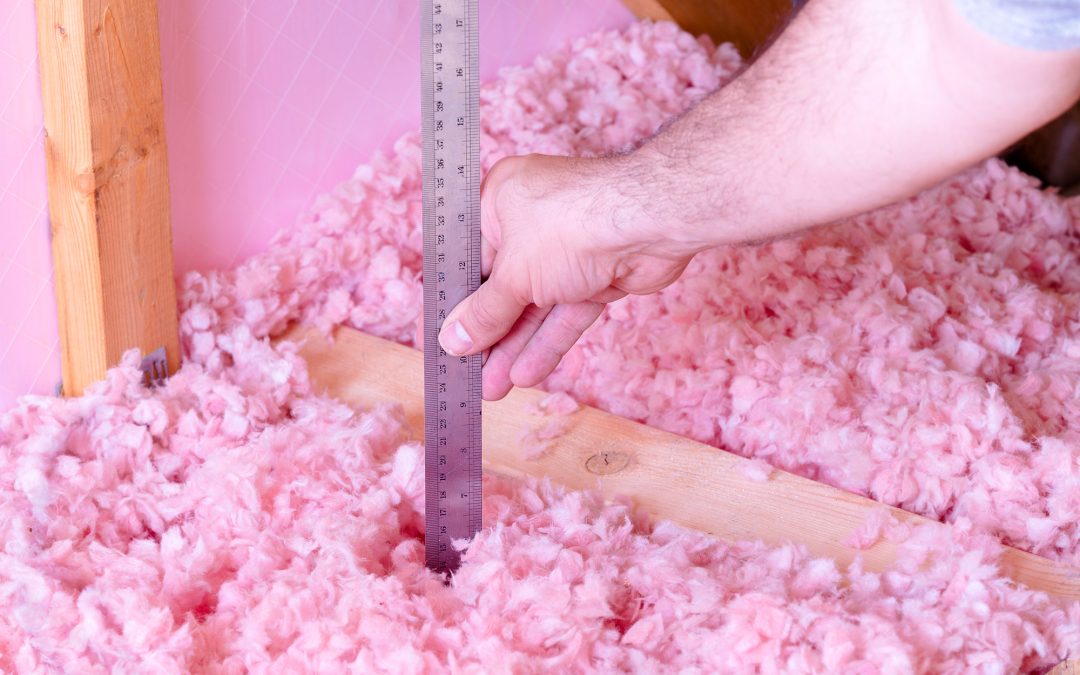Did you know that mold destroys more wood every year than termites and fires combined? Mold exists in all climates and only needs a carbon source and moisture to survive. It also is insidious, popping up and spreading without any warning or signs.
The good news is that, if you have mold in your crawl space or other area of your home, there are ways to eradicate it and keep it from coming back. Getting crawl space mold removal can help.
This article explains how to do that, so you can make your home safe and completely free of mold. Keep reading to find out more.
What Is Mold?
Mold is a fungal growth that survives off decaying matter. Outdoors, mold relies on decomposing organic matter, such as leaves, fallen limbs, or other dead plants. Indoors, mold exists on building materials, like wood, for sustenance.
There are many different species of mold, which is why it can manifest distinct colors. Although some molds, like black mold, are toxigenic (produce compounds that are toxic if breathed by humans or other mammals), most types are harmless. The real danger of mold is its ability to decompose structures in the home, including flooring and support beams.
Mold spores are everywhere and cannot be completely eradicated from a space. They can remain dormant for years, then begin to grow when conditions are ideal. The only solution is to alter the environment to make it less conducive to mold growth.
What Causes Mold in a Crawl Space?
Excess moisture is the main cause of mold growth in crawl spaces. Mold needs moisture or some other type of water source to thrive and spread. That is why it is attracted to areas with high humidity or damp structures.
Leaking pipes and improper damage are two main culprits of mold growth. Also, excessive groundwater seepage into a crawl space can be enough to spring mold spores to life.
Another major contributor to mold growth is inadequate ventilation. Poor air circulation allows a space to trap moisture, or––said another way––it fails to dry the moisture out. This promotes higher humidity levels and in turn more mold growth.
Condensation also helps create an environment where mold can thrive. This often occurs when there is a distinct temperature difference between the crawl space and the outside air. This can be due to inadequate ventilation or poor insulation.
A final cause––and the only one not related to moisture––is the presence of decaying organic materials in your crawl space. This is usually wood, but it can also be insulation, debris, or any cellulose-rich products (like certain fibers) that can provide nutrients to mold.
How to Get Rid of Mold
You may have already guessed the main goals in eradicating mold: removing moisture and any organic compounds that can be a food source. This may sound simple, but it can be quite complex, depending on the extent of your mold problem. You need crawl space mold removal.
Note that, before doing any work in a mold-infested area, you should wear personal protective equipment. This includes gloves, goggles, and a respirator mask that can keep you from breathing in mold spores.
The first step is to remove any water sources. Address standing water and drainage issues before proceeding.
The next phase is to remove any unneeded materials that have mold growth. This obviously excludes support beams and other parts of your home’s infrastructure. But, if there are any building material remnants or personal items stored in the space that could attract mold, relocate them.
The next step in mold remediation should be ventilating and drying out the space. The use of fans and dehumidifiers can be helpful in this regard.
The goal is to get humidity levels under 60 percent to dissuade the growth of mold. You may need to install additional vents to improve circulation.
This can assist in balancing the temperature in the crawl space with that on the outside. If necessary, replace insulation, which also can help.
The final step in crawl space mold removal is to remove mold growth itself. You can do this with a detergent and water. Brush off any mold residue you see throughout the entire space.
As an alternative, a professional mold remediation service can fumigate the space to remove the mold quicker and more thoroughly.
How to Prevent Mold From Coming Back
While the fixes listed above––ventilation and moisture control–will go a long way toward keeping mold at bay, there are some other things you can do to ensure it does not return. One simple solution is to monitor the space continually. Addressing pockets of mold regrowth is easier to combat than a problem that has gotten out of hand.
The other effective way to keep mold from coming back into your crawl space is by applying a mold inhibitor. These are fungicides that you can apply to materials, like wooden support beams, that could entice mold to return.
These are effective mold treatments that can last for many months or even years, and they can do just enough to stifle any prospect of mold growth.
You may want to hire a professional service to apply mold inhibitors. They will have experience and knowledge about how to apply the fungicide and in what areas.
This has the added advantage of giving you access to advice about your particular crawl space and mold issue. This includes getting recommendations from the contractors on how to best keep mold away.
Find Crawl Space Solutions Near You
Now that you understand the different causes of crawl space mold and how to address them, you can take the necessary steps. With just a little diligence and effort, you can remove mold from your crawl space and keep it away.
The CleanUP Guys provide professional restoration and cleanup services in Chicago and the surrounding suburbs. We can assess problems and formulate effective solutions to crawl space mold or other issues. Contact us today to schedule service.

